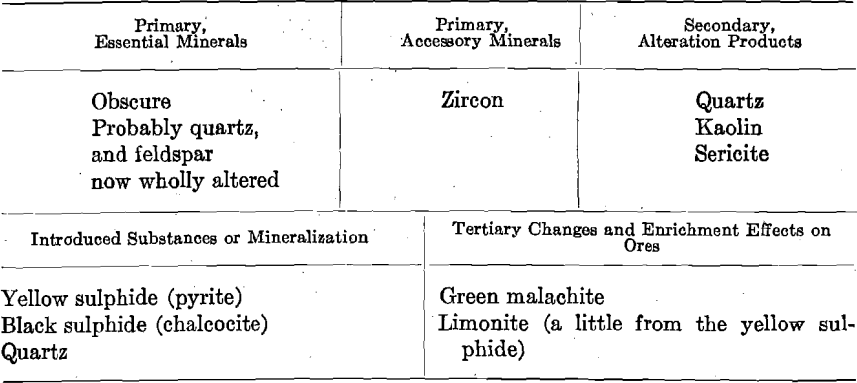 The third item on our list is ORE CHANGES. An ore change is recognized by a difference in the color of the froth, a change in the type of bubble and the amount of color that is in the froth. However these changes are not an indication of just the content of the ore fluctuating. Every one of the variables that indicate an ore change may also indicate a reagent change or a change in the method of circuit operation. Determining the difference is a simple matter of checking reagent flows, first, to be sure that they are still being added in the correct amount. As fluctuating reagents are fairly common, often a suspected ore change may turn out to be nothing more than a reagent flow that has stopped. The operator that maintains constant supervision of his reagents will save himself a lot of work and maintain a high standard of performance.
The third item on our list is ORE CHANGES. An ore change is recognized by a difference in the color of the froth, a change in the type of bubble and the amount of color that is in the froth. However these changes are not an indication of just the content of the ore fluctuating. Every one of the variables that indicate an ore change may also indicate a reagent change or a change in the method of circuit operation. Determining the difference is a simple matter of checking reagent flows, first, to be sure that they are still being added in the correct amount. As fluctuating reagents are fairly common, often a suspected ore change may turn out to be nothing more than a reagent flow that has stopped. The operator that maintains constant supervision of his reagents will save himself a lot of work and maintain a high standard of performance.
After the necessary circuit check has “been accomplished it may become a matter of MINERAL IDENTIFICATION. Many minerals have their own district color and luster which will separate them from the rest of the minerals. To use color as an aid it doesn’t have to be the mineral itself that you are able to identify, but another mineral that is unwanted but is associated with the one that is valuable. If there is an increase or decrease of color this may indicate a change in the grade of ore that is coming in to the circuit. If the makeup of the ore changes it will have different characteristics, which may require a different balance in reagent addition. This will be the major difficulty that the operator will face, deciding which reagent will require change, how much and where to change it. Our next subject is just that, what happens to the froth when an imbalance between the ore and the reagents occurs.
As I mentioned earlier, a difficulty that is always present is once it has been determined that the problem will require a reagent flow rate change, where and what do you change? This section is to help you understand how an imbalance of one reagent over another is reflected in the froth of the cells. This is also the time that you will become introduced to the chemical side of milling, I will keep the explanations as simple as possible. But I hope, that when I am finished, there has been a lot of questions raised in your mind to ask your metallurgists.
